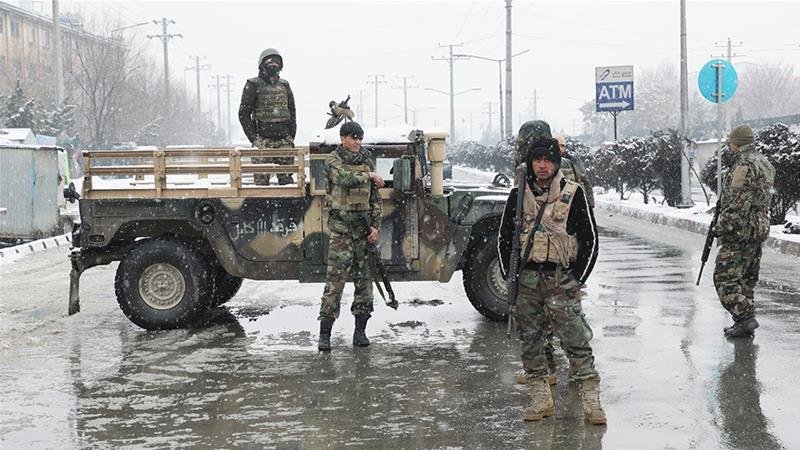
The US-Taliban peace deal is now in question. The Taliban and the Afghan government have restarted hostilities soon after the signing of the agreement. The Afghan Eye sat down with Paktﻯawal to discuss his takes on the peace deal, and the events leading up to it.
You have been monitoring Afghanistan’s current affairs for a while now. How did this peace deal came about?
“The peace deal has two aspects, the Afghan and the foreign. Afghans have been for long hoping to see peace and prosperity in Afghanistan. Both sides are tired of fighting, but those who profit from war were encouraging the U.S and the government to keep the war alive. Since the Eid ceasefire a few years ago, the end of this war became reachable and Afghan hearts were revived. The foreign side is more easily explainable. There are no objectives for the U.S or its allies in Afghanistan & their presence is cost worthy. Neither will they defeat the Taliban, nor will the Taliban defeat them in the short term. Thus the best option for all of them is to engage with the Taliban in a political discourse to end the conflict. This is how it happened.”
Prior to the peace deal there was a week of Reduction in Violence (RIV). What were the conditions of RIV?
“The RiV agreement was a trust building measure and to show that the Taliban leadership are able to control their fighters. RiV in short means no attacks by the Taliban on government & foreign forces in urban areas, reduction of attacks overall to see if the rank and file abide by orders from the leadership in Doha. On the U.S side, there were to be no airstrikes, no night raids, no offensives and the government had to stop all their operations against the Taliban.”
Did all involved parties abide by the conditions of RIV? Can you mention examples of who did what?
“Overall yes, despite two major incidents. Kandahar’s so-called police chief Tadeen Khan engaged in fighting and violated the agreement. Also, a Taliban commander in Helmand, who kept firing at government forces was arrested by Taliban’s intelligence unit.”
Judging by how RIV was applied, can you make a prediction of what we can expect now from US-Taliban relations before all troops leave Afghanistan?
“I expect less fighting. The Taliban will be engaging only government forces that attack them or try to bring change in control of areas. I expect the release of prisoners on both sides. With every passing day President Ghani is getting into unfamiliar territory as he is being reluctant and hindering intra-Afghan talks.”
Based on your experience so far, can you say that there will be more or less fighting and if there is any fighting, who will be the aggressor?
“As said before, I expect less fighting. But we have to be cautious and continue monitoring the situation. Spoilers on the government side will be trying to provoke fighting and violations of the agreements.”
Soon after we finished our conversation with Paktﻯawal, an official spokesperson of US forces in Afghanistan announced that an airstrike was conducted against the Taliban in Helmand province.
